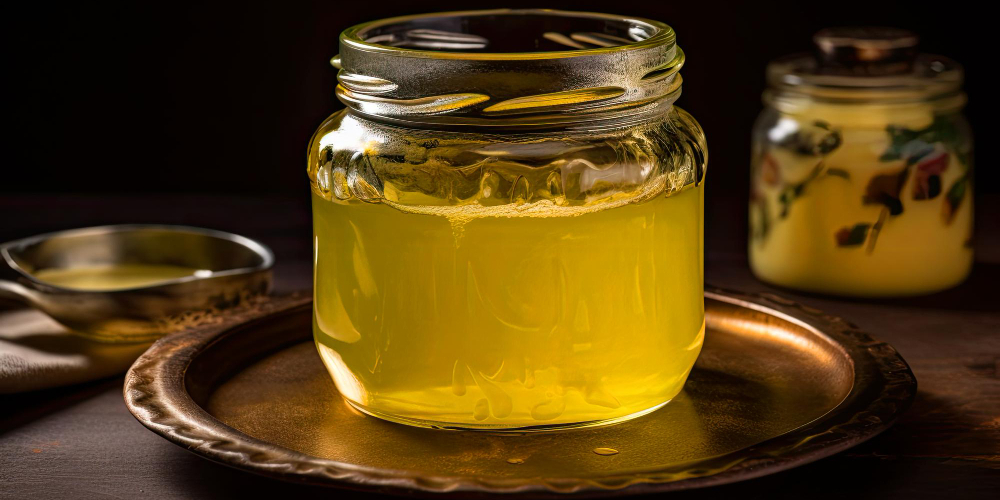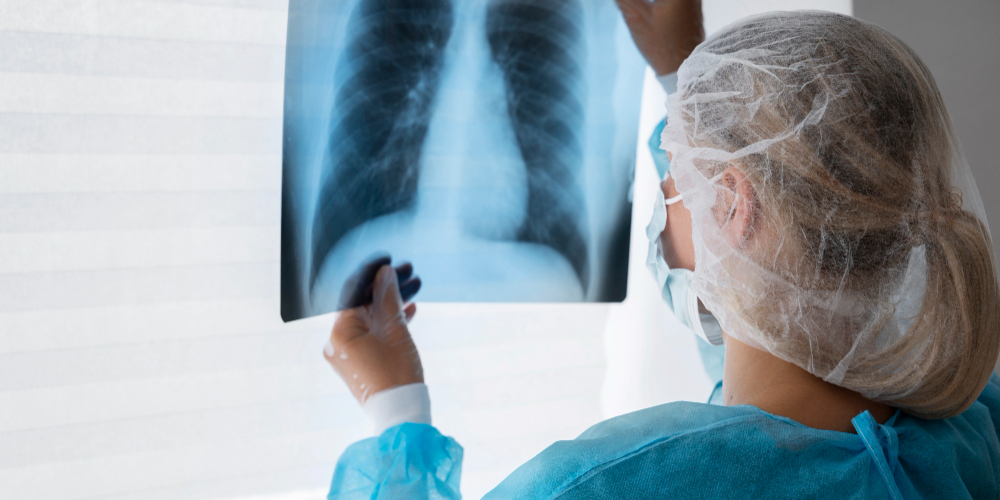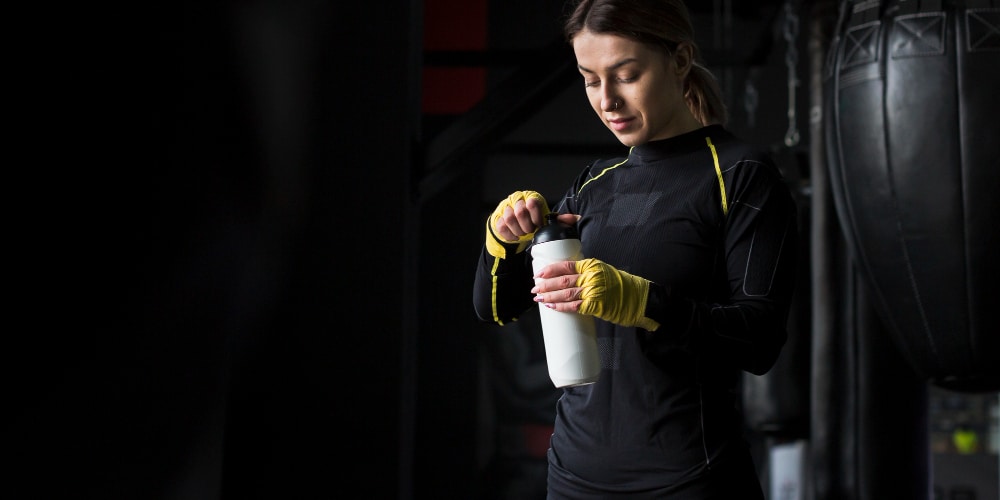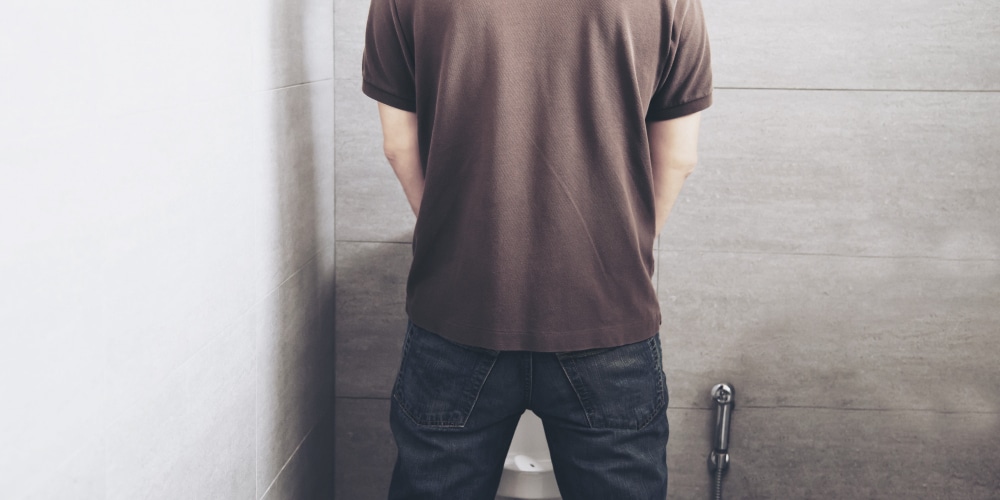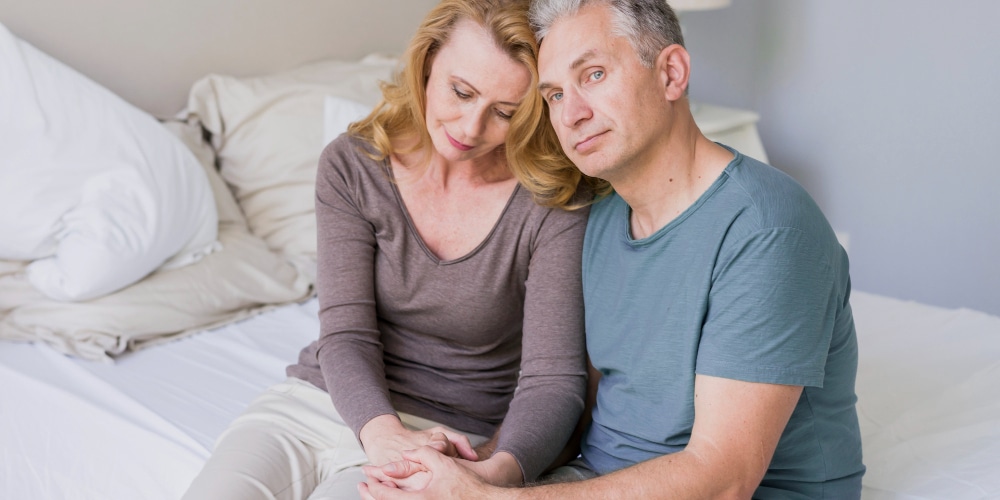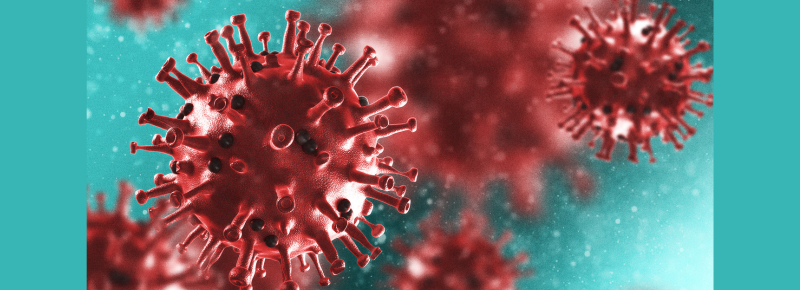Explainer: The hazards of vaginal whitening products
Author
Author
- admin / 2 years

- 0
- 2 min read
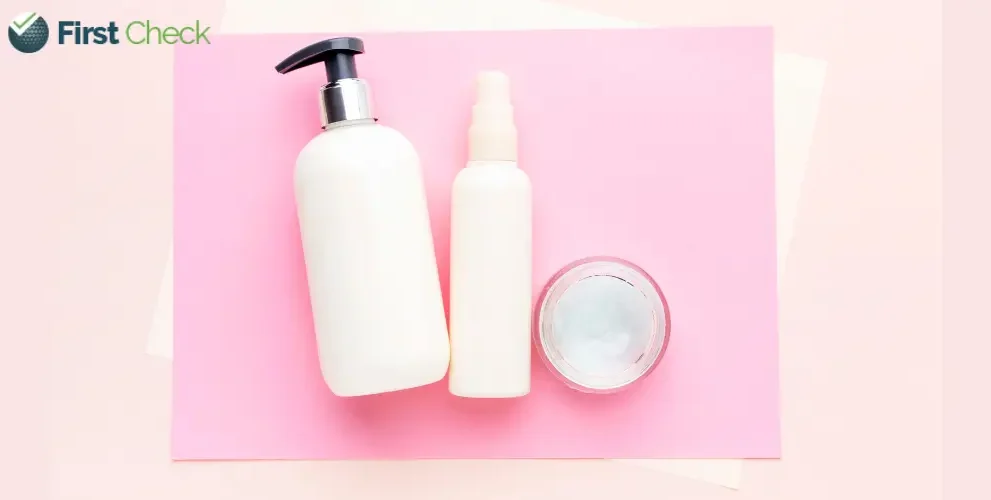
Author
Vaginal lightening promotes unhealthy body image ideals, and reflects cultural preferences rooted in internalised colourism.
While the skin-lightening industry had found a strong global foothold, several high-end spas today offer vaginal bleaching services, ranging from laser treatments to specialised peels. A plethora of DIY vaginal lightening methods are also promoted on social media platforms.
Whether they work or not is debatable, the bigger concern is the safety of these popular vaginal whitening products. Potential health risks include vaginal burns, allergic reactions, scarring, infection, long-lasting discomfort, and painful sex.
Bleaching creams, typically, contain harmful ingredients like topical steroids and hydroquinone, a suspected carcinogen. The chemical has been banned in numerous European Union countries; in the US, over-the-counter skin lightening products containing hydroquinone are unapproved drugs and are not recognised as safe and effective.
Apart from safety concerns, there’s criticism that vaginal lightening treatments promote unhealthy body image ideals and exploit women’s insecurities. The vaginal lightening trend is particularly popular among women of colour in the Middle East, Africa, and Asia, reflecting a cultural preference rooted in internalised colourism.
It’s important to note that the skin in the genital area is naturally pigmented, and colour variations are normal. There is no scientific reason to use vaginal bleaching products or services. Don’t fall for marketing gimmicks!
(Medically reviewed by Dr Vidula Kamath, consultant dermatologist based in Mumbai, India.)
Read More : Menopause: Shining light on vital facts
